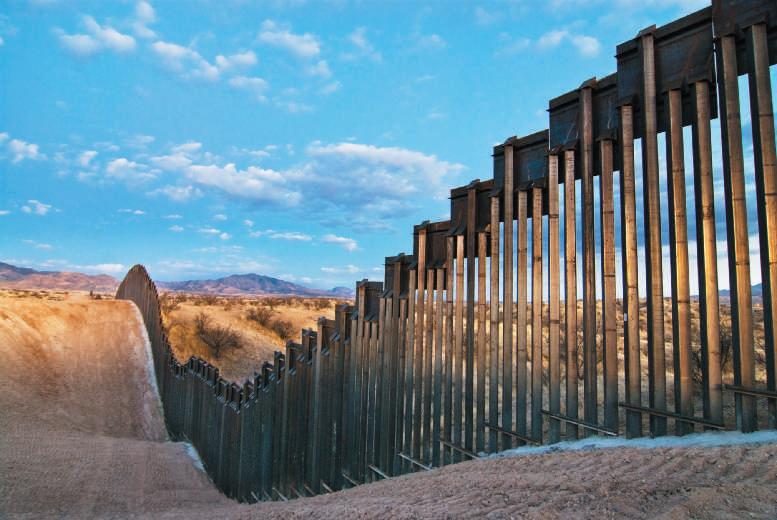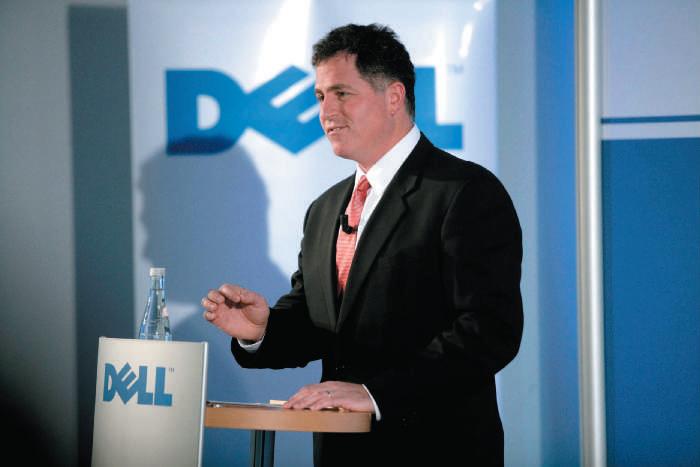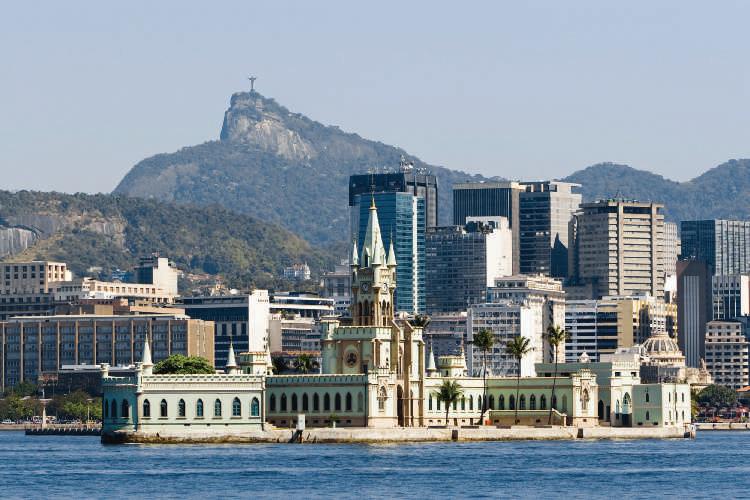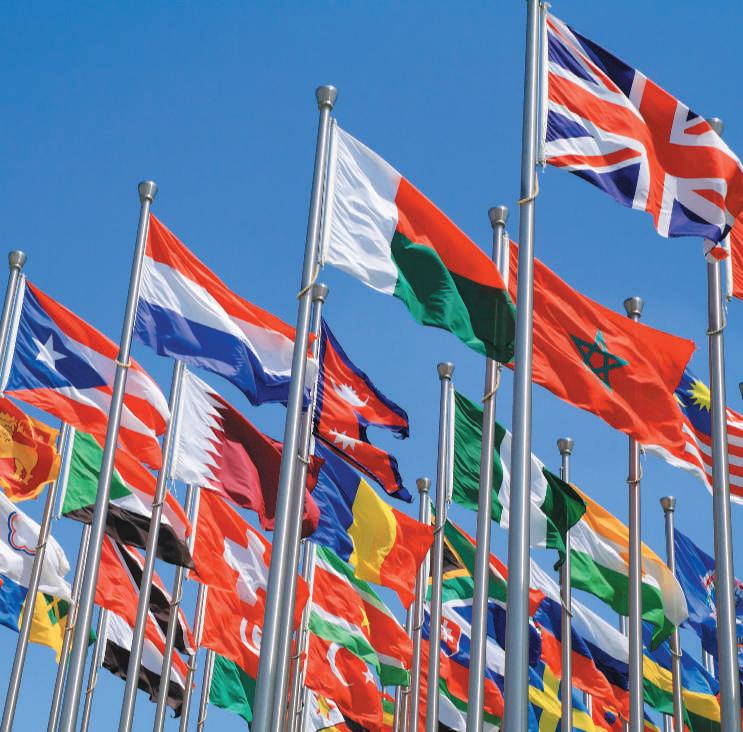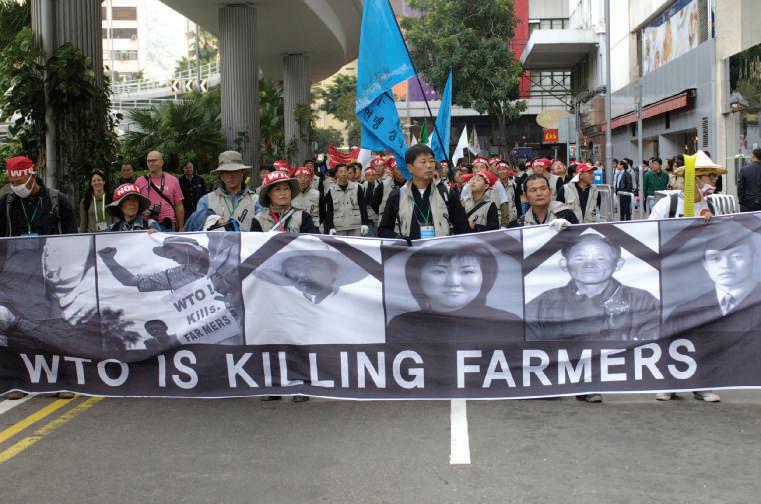P ol i t i cal R i s k s , E co n o m i c R i s k s , a n d C o r r u p t i o n
151
Moreover, in terms of the general political risks U.S. companies face when doing business overseas, a U.S. government agency called the Overseas Private Investment Corporation (OPIC) sells insurance to interested businesses. This insurance protects them against political risks, such as insurrections, revolutions, political violence, and nationalization. OPIC has very specific premium rates for its insurance. For example, companies in the oil and gas exploration business pay an annual rate of 65 cents to 85 cents per $100 of “political violence” risk insurance when doing business overseas. Thus, an oil company wishing to purchase $10 million of this insurance would pay annual premiums to OPIC of $65,000 to $85,000 per year, depending on various different criteria. It should be noted, though, that such OPIC insurance is limited to firms that operate in countries with which the United States has signed a bilateral investment treaty. In other cases, companies may be able to purchase political risk insurance from private insurance firms or insurance sold through the World Bank.
6-3c Corruption As noted above in this chapter, as well as earlier in the text, the existence or lack of existence of corruption in a country, state, or province has a very significant and special impact on the ability of companies to conduct global business in that jurisdiction. Corruption is a situation where businesses are able to illegally alter relevant private and/or public decision making by way of bribes, kickbacks, blackmail, extortion, and related activities. There are essentially two kinds of business corruption: private corruption and public corruption. Private corruption is business corruption involving other private businesses, individuals, or groups. For example, paying “protection money” or giving sales kickbacks to an organized crime group (e.g., the Mafia) would represent an example of private corruption. Similarly, a supplier paying a bribe to an officer of a company that purchases its products to help “facilitate” the purchase of said products would also be an example of private corruption. Private corruption can often be very difficult to detect, and, in some countries in the world, government officials charged with enforcing anticorruption laws simply look the other way (or they too, may be receiving bribes!—see below). For example, the prevalent role of the “Russian Mafia” in Russia, and its ability to extort protection money from businesses widely unhindered by government authorities, existed in that country until Vladamir Putin became Russia’s president in 2000. Moreover, private corruption can at times be somewhat difficult to define. For example, if a supplier of Walmart Corporation were to pay a top Walmart executive a $10,000 cash bribe to obtain business, this would be a clear example of private corruption. But what about simply lavishly entertaining this same Walmart executive in the supplier’s box seat at the Super Bowl? Or, on a more general scale, the practice of paying business lobbyists and making business campaign contributions to elected officials in hopes of achieving legislation favorable to a company’s business interests. In addition, definitions of private corruption may vary widely across the globe. For example, a 2013 survey asked individuals whether they or someone in their household had paid a bribe in the last 12 months. The survey found a less than 5 percent bribery rate in 16 countries including Australia, Norway, and Spain. The United States’ bribery rate was slightly above this, somewhere between 5 and 9.9 percent. However, Sierra Leone and Liberia have a bribery rate exceeding 75 percent.2 From a more general perspective, at the end of 2011 Transparency International released a comprehensive study of corporate bribery in developed countries throughout the world, ranking countries on a “Bribe Payers Index.” The study’s ranking, shown in Exhibit 6.2, found the Netherlands, Switzerland, and Germany to have the highest scores, or least corporate bribery, and Indonesia, Mexico, China, and Russia had the highest scores, or most corporate bribery, among 28 of the world’s most economically developed countries. (Note that less developed countries like Cambodia were excluded from the study.) The results are shown in Exhibit 6.2 (and the work of Transparency International is further discussed in Chapter 7).
Overseas Private Investment Corporation (OPIC)
a U.S. government agency that sells political risk insurance to U.S. businesses operating in countries with which the United States has a bilateral investment treaty
corruption
a situation where businesses are able to illegally alter relevant private and/or public decision making by way of bribes, kickbacks, blackmail, extortion, and related activities
private corruption
business corruption involving other private businesses, individuals, or groups
Copyright 2017 Cengage Learning. All Rights Reserved. May not be copied, scanned, or duplicated, in whole or in part. Due to electronic rights, some third party content may be suppressed from the eBook and/or eChapter(s). Editorial review has deemed that any suppressed content does not materially affect the overall learning experience. Cengage Learning reserves the right to remove additional content at any time if subsequent rights restrictions require it.













